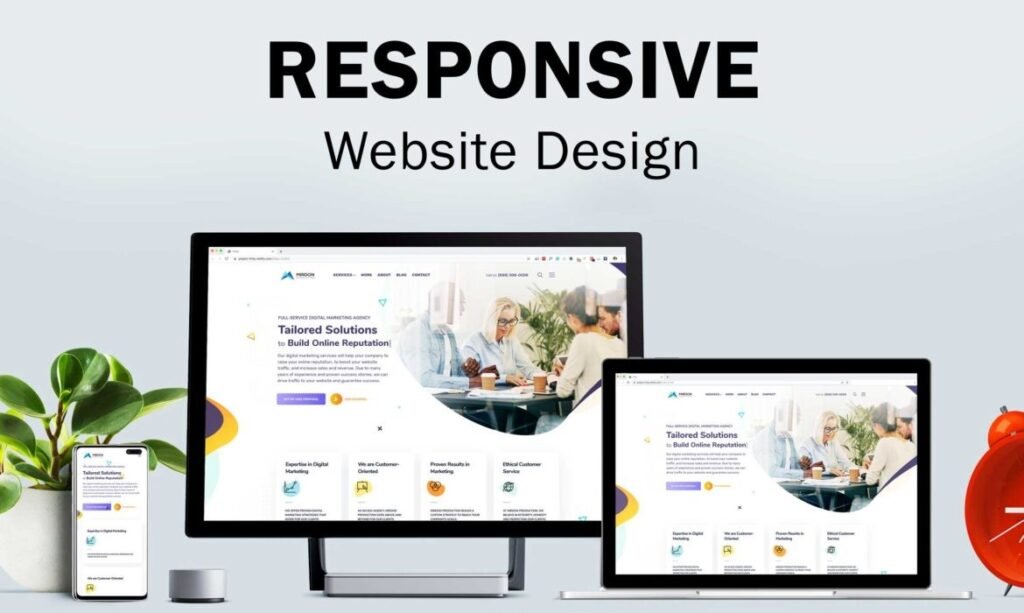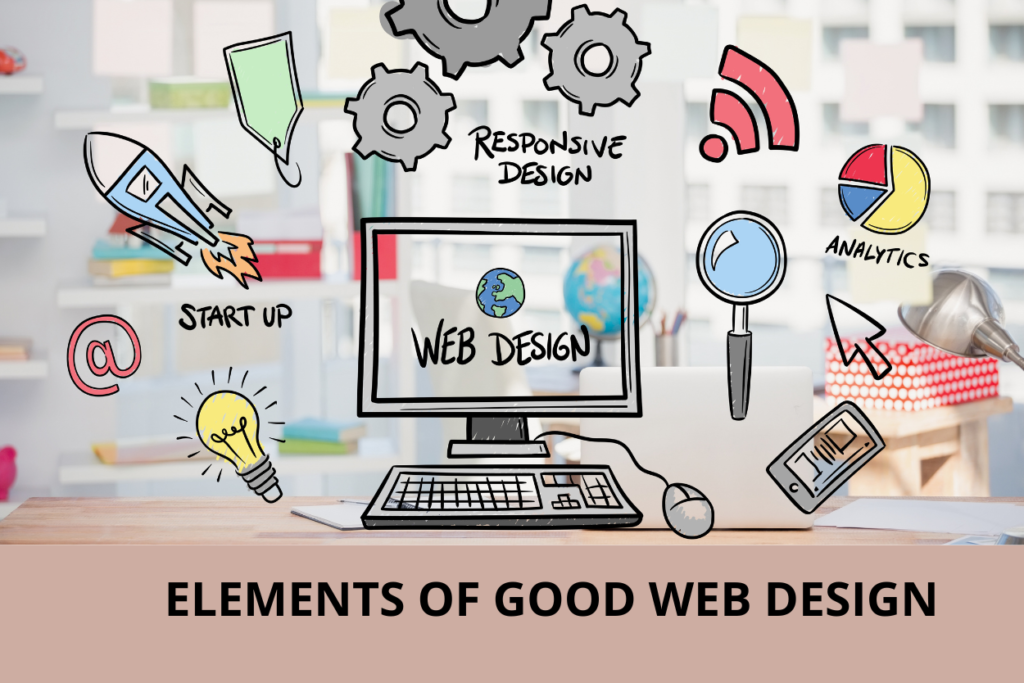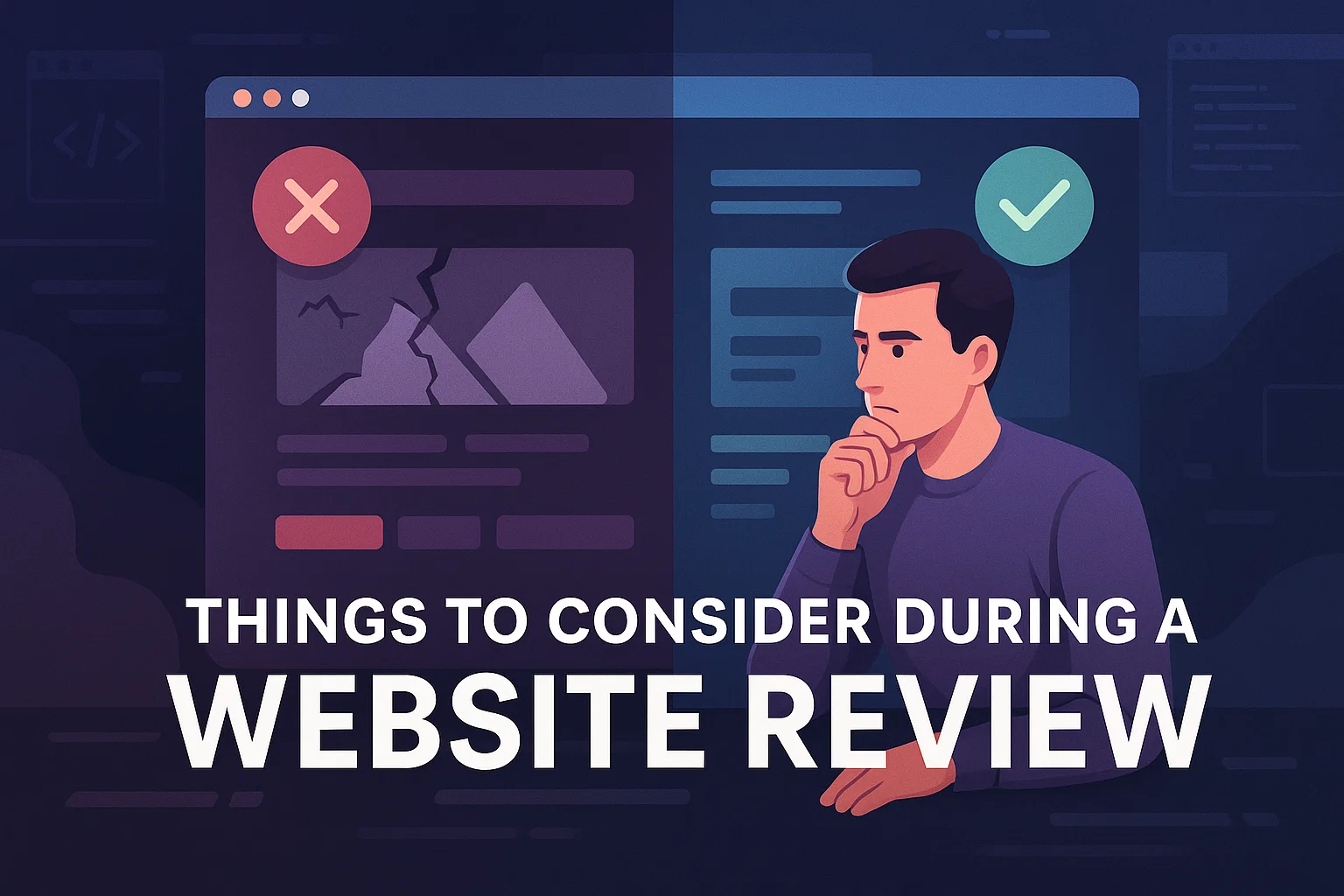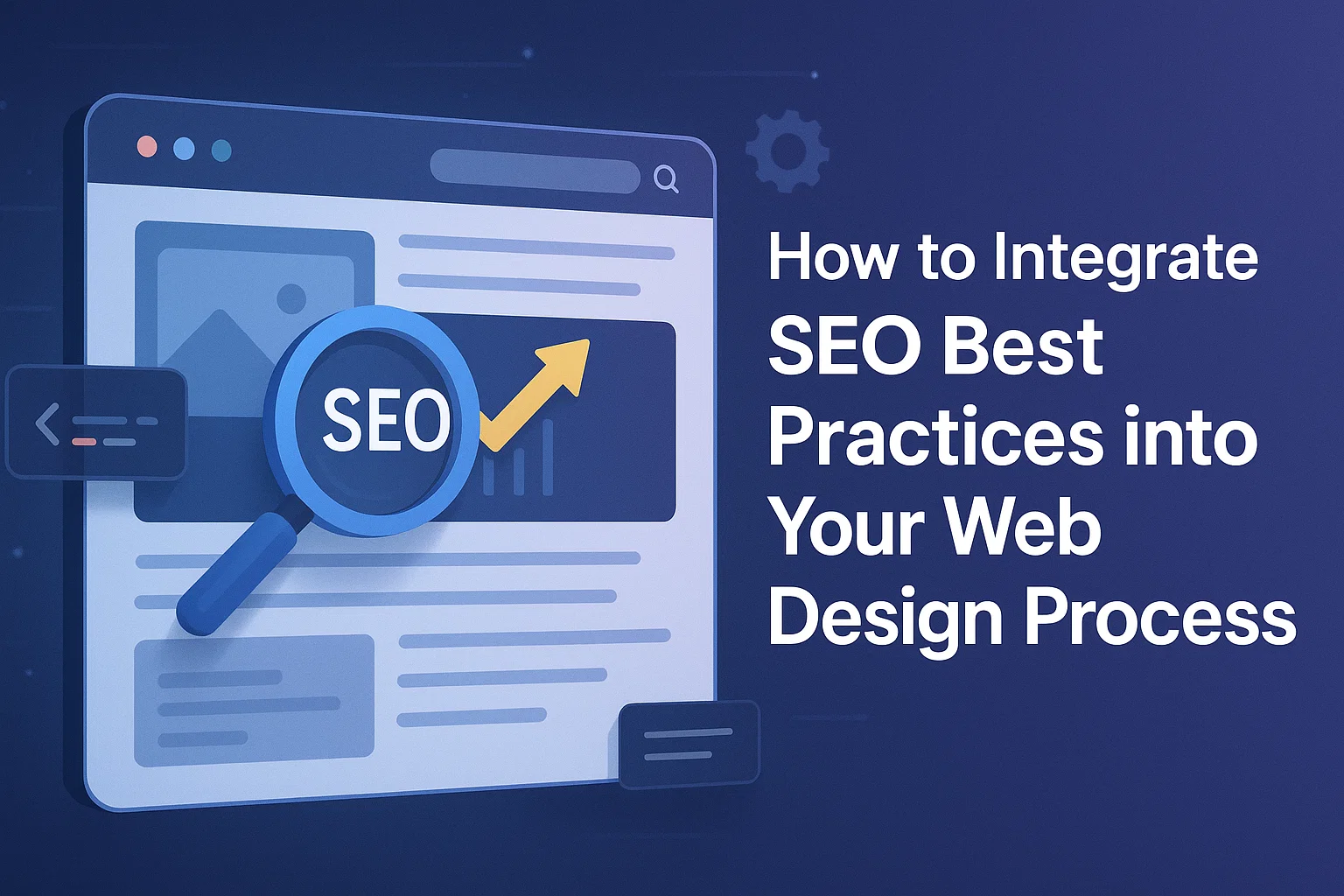Essential Web Design Principles for Creating Effective Websites

Having a website for your business is no longer optional—it’s essential. Your company’s website establishes trust in the eyes of your clients. A visitor to your website is similar to someone pulling up to your workplace. There will be a first impression. You want it to be positive. Research shows this perception forms in 50 milliseconds (0.05 seconds).
Just like you carefully design your office space, your website also needs thoughtful design. How your website looks can strongly influence how people see your business -94 % of first impressions come from design.
Even if experts are building your website, it’s good to know some basic web design rules. Learning a little HTML and CSS can help too. This way, you can share your ideas and make sure the website fits your needs. This way, your website can be tailored to suit your business perfectly.
Keep reading to learn about the ten key web design principles that help create successful websites.
Simplicity
When it comes to websites, simplicity is key. A clean design makes it simple for customers to locate what they need and understand what your company is about. An overcrowded page with images, content, or buttons might feel disorganized and difficult to use. Attempt to keep everything clear and ordered. A basic layout looks better and allows people to focus on what is essential.
Don’t use too many images or words. Just include what matters. Make sure the pictures match your brand and feel right for your message. Use fonts that are easy to read. Two or three different fonts are enough for the whole site.
Pick a few colors that go well together and match your brand. Bright or too many colors can hurt the eyes. Most websites look good with three to five colors. If you use three, a good tip is to do 60% primary color, 30% another, and 10% for a pop of color.
Leave some space between things. This space, called white space, helps people focus on the important parts and makes your site feel open and easy to look at.

Ease of Use
A good website should be easy to use. People should quickly find what they’re looking for without getting confused. The design should guide them step by step in a clear and simple way.
Most people read web pages in a certain pattern—like the letter “F” or “Z”. These patterns help them scan the page faster. Big brands like Facebook and Apple sometimes use the Z pattern in their designs. You can do the same to help people notice the most important parts.
Buttons like “Buy Now” or “Get Started” are called call-to-action (CTA) buttons. These should stand out. Make them bold, clear, and easy to click. People often don’t read every word—they just scan and click what catches their eye. Place your CTA buttons where people will easily see or click them. The goal is to keep everything simple and easy, so visitors enjoy using your site.

Balance
To make a website appear balanced, everything should be equal and not too heavy on one side. This makes it easier and more convenient for users to use.
Symmetry is a simple technique for establishing equilibrium. There are three distinct types: bilateral, radial, and translational. Bilateral symmetry says that everything is uniformly distributed on one side, similar to seeing in a mirror. It might be vertical, horizontal, or angled. If perfect symmetry is hard to achieve, just getting close to it works, too. Translational symmetry is when elements repeat and move in a balanced way, which can be very appealing.
Balance can also be achieved through asymmetry, which is trickier but still possible. Asymmetry can create unique and interesting designs that still look good to the eye.

Ease of Navigation
Good navigation is key to how people see and remember your website. If users get lost, even the best content won’t help. Think of the navigation menu like a GPS—it helps users get to where they want to go.
Navigation should be simple and make sense, whether it’s a sticky, drop-down, or sidebar menu. It’s usually placed at the top or left side of the page. Make sure the navigation text stands out and is easy to find.
Navigation should be easy to click on all devices. Keep the text clear and simple. Try to limit navigation options to around eight and order them by importance.

Ease of Decisions
People find it more difficult to select what to do when they have a lot of alternatives. This may force people to quit your website without taking any action. To retain visitors on your website for longer, keep things simple.
If there are too many alternatives,users may become confused and frustrated. One method to assist them is to restrict the number of options or provide filters. This is especially useful on e-commerce sites, where visitors may want assistance filtering down goods.
Making decisions easy reduces the chance of people bouncing off your site. Simple, easy options allow users to make decisions quickly, improving their experience and motivating them to stay longer.

Accessibility
Consider the needs of persons with impairments or other restrictions while developing your website. Making your website accessible is not only the correct thing to do, but it also benefits your business. It broadens your website’s audience and enables your company to reach new client segments.
Some easy steps to improve accessibility include adding alt-text to images so that users with screen readers know what the image is, labeling form fields for screen readers, avoiding very small text, and making sure the text color stands out against the background.
Just like you would ensure that your office is accessible to everyone, your website should be easy for all types of users to navigate. A more user-focused website shows that you care about all your customers and can boost your business’s reputation.

Responsive Design
These days, people visit websites from phones, tablets, and desktops. Therefore, it is crucial for your website to look good and work well on all devices.
A responsive design automatically adjusts to fit any screen size. Whether someone uses a phone, tablet, or computer, your website will change the layout, text, and images to fit the screen. The design provides smooth usability for all platform users.
Since many users browse on their phones, it’s especially important to make sure your site is mobile-friendly. A responsive design makes sure your website remains easy to navigate and visually appealing, no matter what device people are using. Your site remains engaging to visitors because of this leading feature which prolongs their stay.

Shorter Load Time
Your website needs to load quickly. If it takes too long, users may leave before they even get a chance to explore your content. This is why page speed defines a critical element in creating positive user experiences.
Optimizing images and files can improve load time. Large files can slow things down, so it’s a good idea to reduce their size without losing quality. Website users generally give a maximum of 2 seconds for page load time before they move on. Visitors will likely move to another site whenever the page load time exceeds this.
Your website speed directly impacts visitor engagement, so you can leverage a quick load time to boost their site stay duration. Your site loading speed also positively affects your search engine ranking.

Suitability to Purpose
Your website’s design should fit its purpose. Every page should have a clear aim. For businesses, the main goals are usually the same: building an online presence, connecting with visitors, creating relationships, and increasing sales.
The design should help achieve these goals. For example, the website should enable users to shop easily when you sell products as a main service. Easily comprehensible information should become the foundation for your sharing content.
When the design reflects what your website is intended to achieve, visitors understand what your site is about and are more likely to take action, such as purchasing something, signing up, or finding out more.

Consistency
Make sure things like colors, fonts, and layouts stay the same across your website. This keeps everything looking neat and easy to follow.
When your design is consistent, visitors can easily use your site and feel comfortable. It helps them know what to expect and where to find things. A consistent design also makes your website and brand more memorable, giving a professional feel that keeps people returning.

Conclusion
Implementing essential design principles will make your website more distinguishable among its online competition. Studies show that 88% of users won’t return to a site after a bad experience, and 75% judge a business’s trustworthiness based on its website. Moreover, 94% of negative feedback about a website relates to its design. A well-designed website will create a positive experience for visitors, encouraging them to return and take action, which can lead to more conversions.
The expert team at VareWeb exists to aid businesses who want to update their website or seek increased visitor numbers. Fill out the form below, and we’ll contact you to discuss how we can improve your website.
Take Your Business to the Next Level with VareWeb!
✔️ Bringing Your Ideas to Life – From custom software to powerful applications, we create solutions that work for you.
✔️ Practical & Results-Driven – Our team is dedicated to developing efficient, user-friendly, scalable technology that fulfills real-world needs.
✔️ For Startups & Enterprises – Whether you’re starting a new business or enhancing an existing one, we can help you remain ahead.
Let’s build something great together—what’s your next big move? Contact us today!
You may also like
Cultural Influences In Logo Design
The business environment has changed with the current globalization and...
Read More >>Things to Consider During a Website Review
Designing a website needs extensive research and several evaluations during...
Read More >>How to Integrate SEO Best Practices into Your Web Design Process
When creating a new web design, ensuring good SEO should...
Read More >>Ready to take the
next step?
- contact@vareweb.com
- Contact no: +1 (469) 20466-6031
- 5400 Preston Oaks Rd, Dallas, TX 75254, USA




